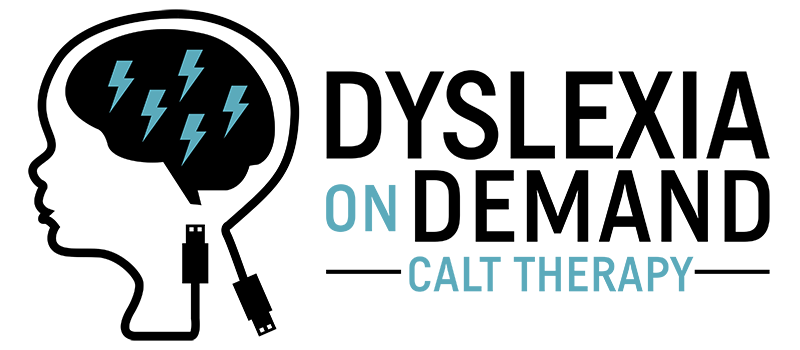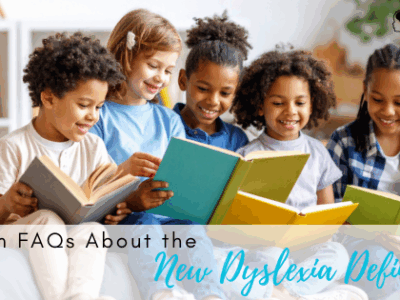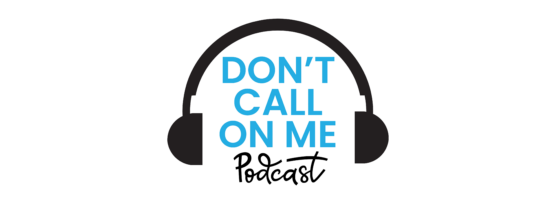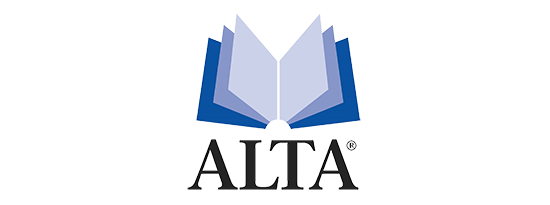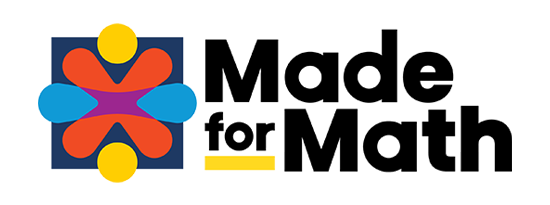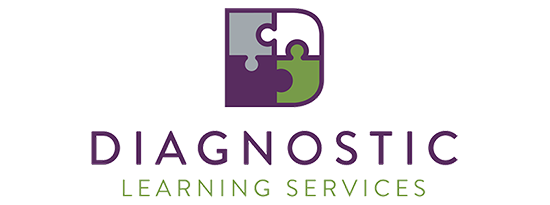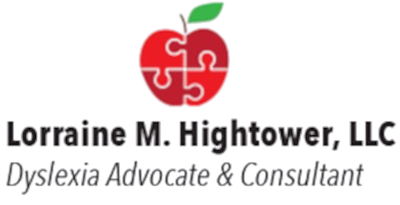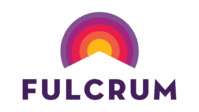
What Are The Signs of Dyslexia In A Child?
Executive Summary
Early signs of dyslexia can appear in preschool and become more noticeable as children begin formal reading instruction. Recognizing these signs early and seeking structured, research-based support can help students build stronger reading skills and confidence.
Consider all of the things that you read on a daily basis: texts, menus, e-mails, receipts, books, articles, documents, signs, websites, lists, and letters. Think about how hard daily reading tasks must be for those people who have been born with a brain that is not wired just right for reading. Unlike oral language, reading is not automatic—it must be learned.
Early childhood development includes so much language learning. If you have a preschooler, you may want to consider the following signs that may point to an eventual dyslexia diagnosis. Signs of dyslexia often don’t get noticed until a child is in school, learning to read. However, it is possible to detect some dyslexia signs in younger children around preschool. Many of these difficulties arise in the child’s process of speaking and expressing him or herself.
- Delayed speech development: Babies babble, and toddlers often string together a couple of words at a time into communicative phrases. By preschool age, there is typically an explosion of vocabulary learning that comes along with sentence structure, grammar development, and even conversational skills. If you are concerned with your child’s language learning process, speak to a professional to get some clarity.
- No time for rhymes. Nursery rhymes are often employed in a preschool curriculum or daily story time. However, a child who is dyslexic may show little understanding or awareness of or interest in rhyming words and phrases.
- ABCs don’t come easy. If your preschooler is having difficulty with or very little interest in learning the letters of the alphabet, this could be a sign of dyslexia.
Pay attention to your school-aged student and their relationship to reading. Dyslexia is more often diagnosed in school-aged children—around ages 5 to 12—as they begin to learn to read.
- Letters and lists can present a challenge. Students with dyslexia often have a tough time learning and remembering the names and the sounds of letters. Learning sequential lists like the ABCs, directions, or the days of the week can be especially difficult.
- Sounding it out. So often in reading instruction, students are told to “sound it out,” but when a child struggles with dyslexia, it can be nearly impossible to attach sounds to letters and sound a word out phonetically.
- Getting it backward. Another sign in dyslexic students is confusion over letters and occasionally writing some letters backward. Although this is an overgeneralized trait of dyslexia, it is still something to look for after age 7.
- Reading and writing speed. Students with dyslexia tend to read more slowly and make some mistakes while they read aloud. They might also have problems with writing things down and completing written work. The lack of fluency makes classroom learning quite challenging, and the inability to envision the structure of a paragraph or essay can be particularly difficult.
- Speaking is easier. Often, a child with dyslexia can easily answer a question orally, but he or she will have a hard time writing down a coherent answer.
- Spelling issues. Dyslexic students often have a tough time learning to spell. Spelling is often unpredictable and inconsistent.
- Lack of comprehension. For dyslexic learners, understanding and comprehending the text that they’ve read can be hard; this is because they spend so much of their working memory and energy on decoding that they can’t hold on to the meaning of the material they’ve read.
Being dyslexic does not mean that a student has to live a life of difficulty. Students with dyslexia are often talented or gifted outside of the realm of reading. They’re often good at problem-solving, storytelling, finding patterns, inventing things, designing, engineering, drawing, painting, and so much more. But equipping your dyslexic student with the right tools to become a better, more fluent reader can be a game changer for their daily life.
Are you ready to help your student? At Dyslexia on Demand, your child will work with a Certified Academic Language Therapist, a specially trained expert, to help create new neural pathways in their brain. We employ techniques that have been highly researched and time-tested, and we want to help guide you and your student as they learn to become a better reader. Get in touch with Dyslexia on Demand by phone at 888-292-3906 or by clicking here.
FAQs
1. Can dyslexia be identified before a child starts school?
Yes. While formal diagnosis often happens once reading instruction begins, early signs—such as difficulty with rhyming, learning letter names, or delayed speech development—can indicate that a child may need additional support.
2. Why does my child struggle to read words they can say out loud?
Dyslexia affects the brain’s ability to connect sounds to letters and to decode words automatically. A child may have strong oral language skills but still find reading and spelling difficult because the underlying phonological processing system works differently.
3. How does Dyslexia on Demand help students improve their reading skills?
Dyslexia on Demand pairs students with Certified Academic Language Therapists who use structured, evidence-based intervention to create new neural pathways that support fluent reading. Therapy is individualized to each child’s needs and delivered one-on-one for consistent, targeted growth.
References
International Dyslexia Association. (n.d.). Dyslexia basics. https://dyslexiaida.org/dyslexia-basics/
National Center on Improving Literacy. (n.d.). Dyslexia toolkit for families. https://improvingliteracy.org/dyslexia
Shaywitz, S. E., & Shaywitz, B. A. (2020). Overcoming dyslexia (2nd ed.). Vintage.
National Center for Learning Disabilities. (n.d.). Dyslexia. https://www.ncld.org/
Yale Center for Dyslexia & Creativity. (n.d.). Signs of dyslexia. https://dyslexia.yale.edu/dyslexia/signs-of-dyslexia/
